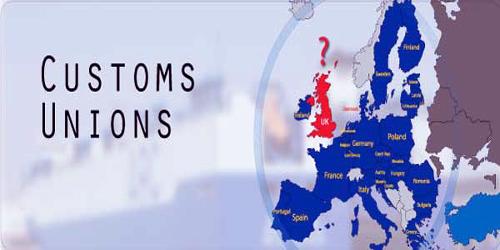The Customs Union is an agreement between two or more neighboring countries to remove trade barriers, reduce or abolish tariffs, and remove quotas. It is a partial form of economic integration that provides an intermediate step between free-trade zones (which allow mutual free trade but lacks a common tariff system) and common markets (which allow free movement of resources without common tariffs), such as between member countries. Capital and labor). General External Duty means that the same duty is levied on any member who imports goods from outside the General Duty Union. When non-union countries trade with customs union countries, they need to pay a single fee (duty fee) for goods that cross their borders. Once inside the union, they can trade freely without any additional duties.
Customs unions are established through trade packs where participating countries establish common foreign trade policies (in some cases they use different import quotas). It has long been recognized that tariff barriers generally reduce the amount of trade between countries. In most cases, this reduction in trade protects some domestic producers, but it also translates into higher costs for consumers in both importing and exporting countries. The main difference between a customs union and a free trade agreement is that zero (or reduced) tariffs are also part of the FTA where additional bureaucracy is needed to take advantage of these tariffs. Exporting under an FTA means that companies have to comply with a complex rule (known as a source-of-priority rule) to prove that products only come from countries that have signed up to the FTA. However, member states do not enjoy the freedom to form their own trade agreements. Countries in the Customs Union restructure their domestic economies and economic policies to make the most of union membership. One of the shortcomings of the free-trade zone system is the absence of common external tariffs. Since countries may differ in the tariff barriers presented to the outside world, importers will always prefer to supply their materials through low-tariff countries, even if fuel, labor, or other costs are high. The goal of establishing a customs union usually involves increasing economic efficiency and establishing close political and cultural ties between member countries. This is the third stage of economic integration.
A tariff union creates trade and creates diversions that contribute to economic integration. Below are the advantages and disadvantages of customs unions. Examples of the Customs Union include Zolverine, a 19th-century organization formed by several Prussian-led German states, and the European Union, which at one stage of its development was a customs union but later achieved full economic integration as a common market. (See also International Trade). Each economic union includes customs and financial unions and economic and financial unions include a customs union.
















